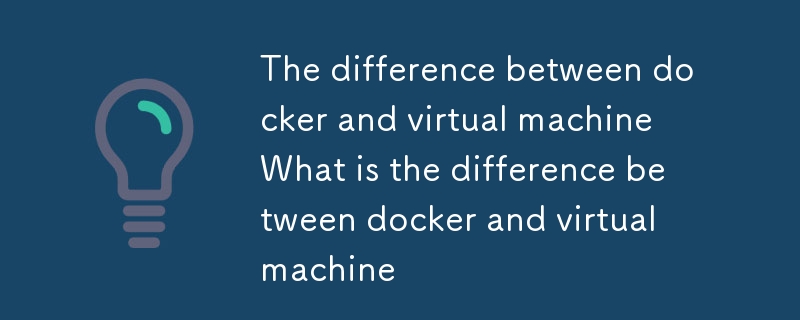Found a total of 10000 related content

What are the differences in virtualization support between Linux and Windows?
Article Introduction:The main differences between Linux and Windows in virtualization support are: 1) Linux provides KVM and Xen, with outstanding performance and flexibility, suitable for high customization environments; 2) Windows supports virtualization through Hyper-V, with a friendly interface, and is closely integrated with the Microsoft ecosystem, suitable for enterprises that rely on Microsoft software.
2025-04-22
comment 0
612

Quick Guide to Disable Virtualization Based Security on PC
Article Introduction:It is reported that Virtualization Based Security can reduce the impact of kernel viruses and malware attacks. However, enabling this feature has significant performance cost, especially when it comes to gaming. In this post on php.cn Website, we wil
2025-06-03
comment 0
921

What Are the Key Benefits of Using CentOS for Virtualization with KVM?
Article Introduction:CentOS offers a cost-effective, stable platform for KVM virtualization. Its reliability, robust package management (yum), and strong community support minimize downtime and ensure efficient VM management. Deep KVM integration and open-source nature
2025-03-12
comment 0
467

How does Docker differ from traditional virtualization?
Article Introduction:The main difference between Docker and traditional virtualization lies in the processing and resource usage of the operating system layer. 1. Docker containers share the host OS kernel, which is lighter, faster startup, and more resource efficiency; 2. Each instance of a traditional VM runs a full OS, occupying more space and resources; 3. The container usually starts in a few seconds, and the VM may take several minutes; 4. The container depends on namespace and cgroups to achieve isolation, while the VM obtains stronger isolation through hypervisor simulation hardware; 5. Docker has better portability, ensuring that applications run consistently in different environments, suitable for microservices and cloud environment deployment.
2025-07-08
comment 0
757

How to enable Hyper-V on Windows 10?
Article Introduction:Hyper-V enable conditions include: using Windows 10Pro, Enterprise or Education version, and the CPU supports and has enabled virtualization technology (IntelVT-x/AMD-V); the virtualization status can be viewed through the task manager; it is recommended to use the PowerShell command to enable it as an administrator. Common reasons for installation failure include that the BIOS is not enabled for virtualization, using the Home version of the system, conflicts with other virtualization software, or insufficient permissions.
2025-07-16
comment 0
283
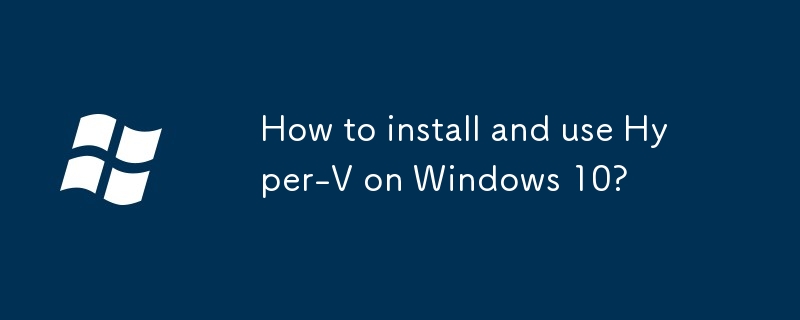
How to install and use Hyper-V on Windows 10?
Article Introduction:Hyper-V is a virtualization function in Windows 10Pro, Enterprise or Education versions. The CPU requires the virtualization technology (IntelVT-x/AMD-V) and is enabled in the BIOS. If the options are grayed out during installation, it may be that the system version is incorrect, not updated, the BIOS has not enabled virtualization or has installed third-party virtualization software; when creating a virtual machine, you need to set the name, generation type, memory, network, hard disk and installation source; common problems include network configuration, performance adjustment and file sharing, which can be solved through virtual switches, resource allocation and guest services.
2025-07-04
comment 0
230


How to fix 'Windows Sandbox failed to start' error?
Article Introduction:Ensure that the system meets the requirements, including Windows version, CPU virtualization support and BIOS/UEFI settings; 2. Enable necessary Windows functions, such as Sandbox, virtual machine platform, etc.; 3. Check and enable virtualization technology in the BIOS; 4. Reset the Sandbox components through PowerShell; 5. Install the latest Windows updates to fix potential problems. The above steps can be used to try to resolve the error "WindowsSandbox cannot start" in turn.
2025-07-15
comment 0
516

How to fix Windows Sandbox error 0xc0370106?
Article Introduction:When the error code 0xc0370106 occurs, it is usually because hardware virtualization is not enabled, Windows features are improperly configured, system components are not updated, or system files are corrupted. 1. Enter the BIOS to enable CPU virtualization functions (such as IntelVT-x or SVMMode); 2. Make sure that WindowsSandbox and its dependencies are enabled, such as "virtualization-based security", and try to turn off "kernel isolation" to eliminate conflicts; 3. Install the latest Windows updates and manually enable Hyper-V components; 4. Check whether the system partition space is sufficient, and run the sfc/scannow and DISM commands to repair the system files. If the problem is still not resolved, it is recommended to upgrade to the latest system version.
2025-07-14
comment 0
762
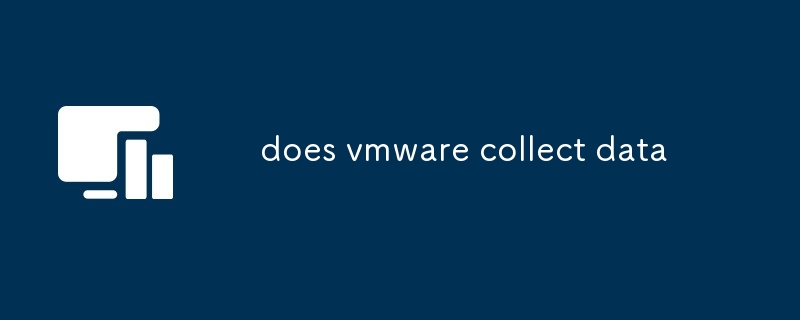
does vmware collect data
Article Introduction:VMware collects data from virtual machines to improve product functionality, performance, and security. The data collected includes virtualization platform information, performance metrics, health information, and usage patterns. VMware's data collec
2024-12-25
comment 0
892

How to do code obfuscation in PHP 8
Article Introduction:This article explores PHP 8 code obfuscation techniques to protect intellectual property. It discusses various methods, including renaming, control flow obfuscation, string encryption, and code virtualization, highlighting their strengths and weakne
2025-03-03
comment 0
999
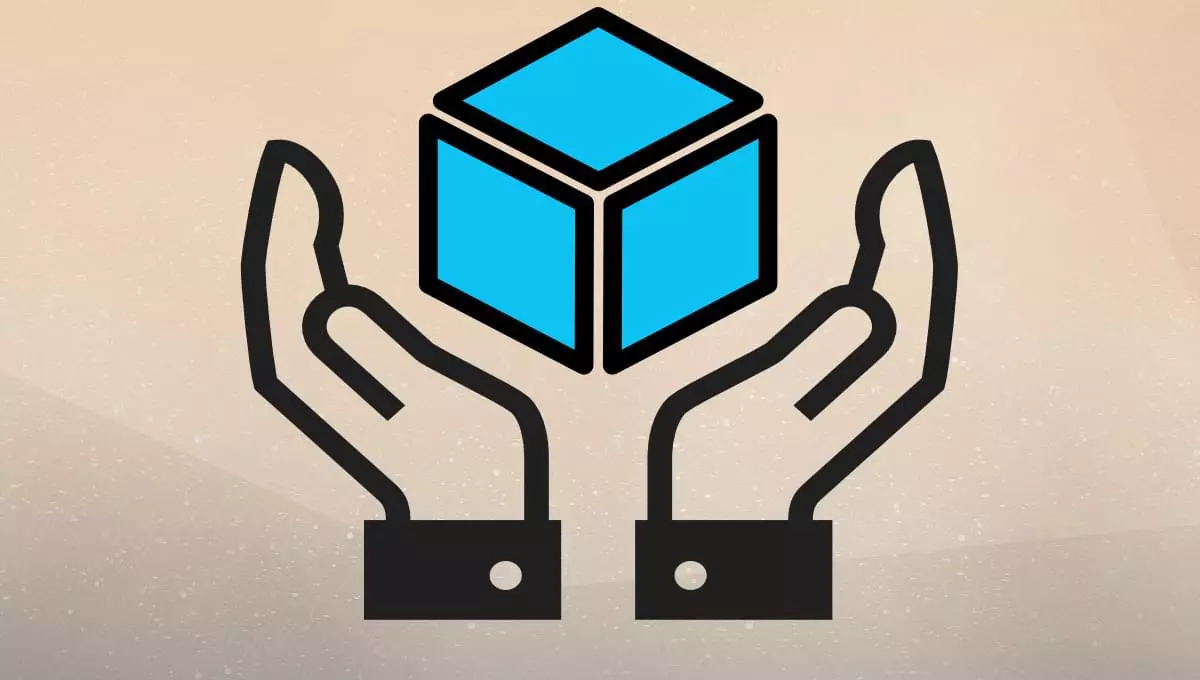
What Is Docker And What Is It Used For?
Article Introduction:Docker: Revolutionizing Software Deployment with Containers
Docker has emerged as a game-changer in software containerization and virtualization. This guide provides a foundational understanding of Docker, empowering you to leverage its capabilitie
2025-02-09
comment 0
789

What underlying technologies does Docker use?
Article Introduction:Docker uses container engines, mirror formats, storage drivers, network models, container orchestration tools, operating system virtualization, and container registry to support its containerization capabilities, providing lightweight, portable and automated application deployment and management.
2025-04-15
comment 0
1000
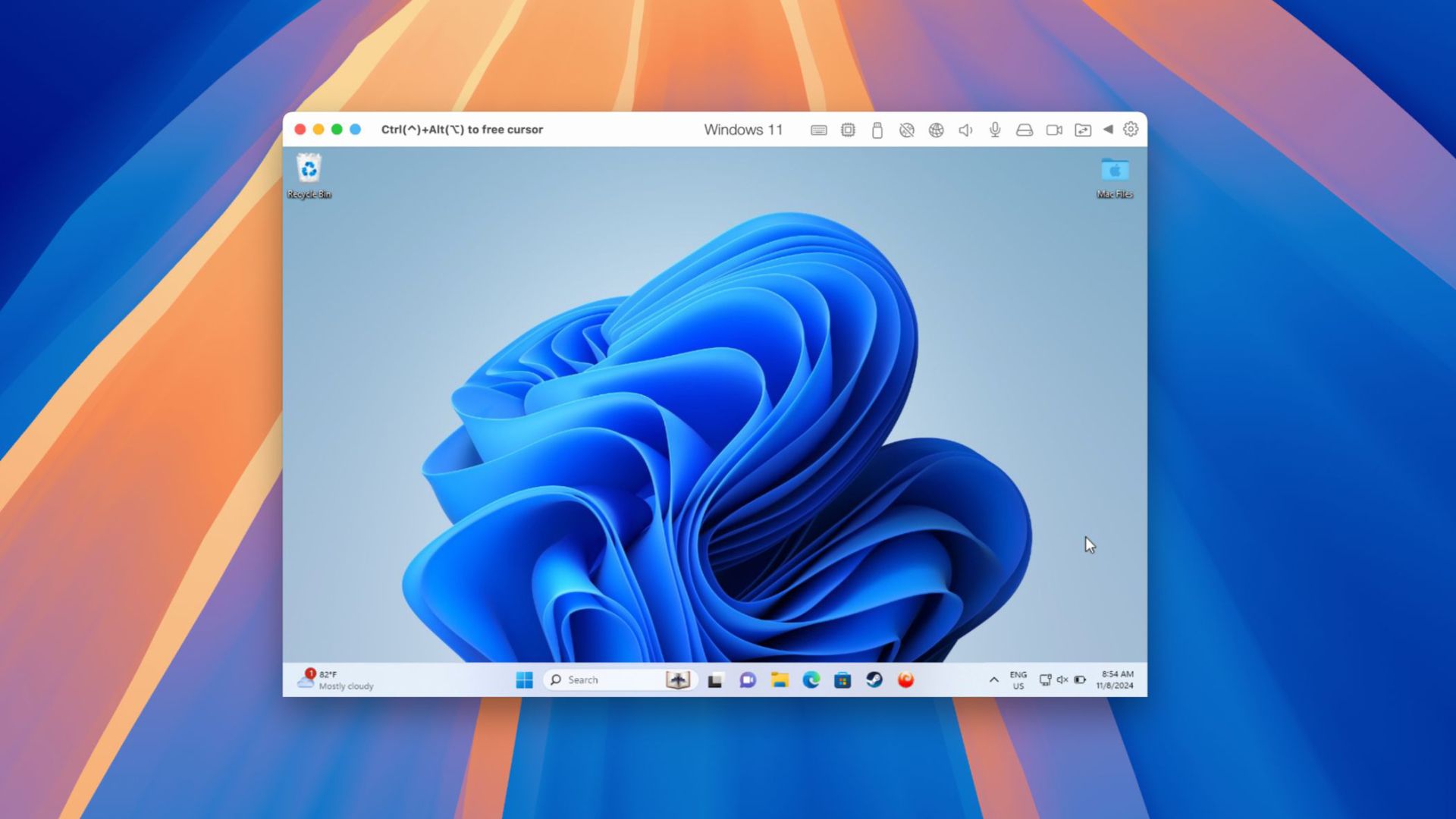
I Hate Software Subscriptions, But I Don't Mind Paying for This
Article Introduction:Parallels Desktop: A Premium Virtualization App Worth the Investment
I usually avoid subscription software, but I consistently renew my Parallels Desktop subscription. This isn't a sponsored post; I've personally invested hundreds of dollars in it.
2025-02-06
comment 0
906
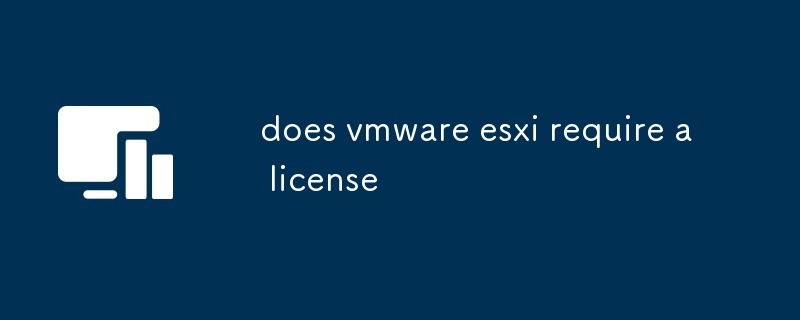
does vmware esxi require a license
Article Introduction:This article discusses the licensing requirements for VMware ESXi, a virtualization platform. It highlights the different VMware ESXi license editions, their features, and capabilities. The article emphasizes the need for a license for production use
2024-12-25
comment 0
619
















